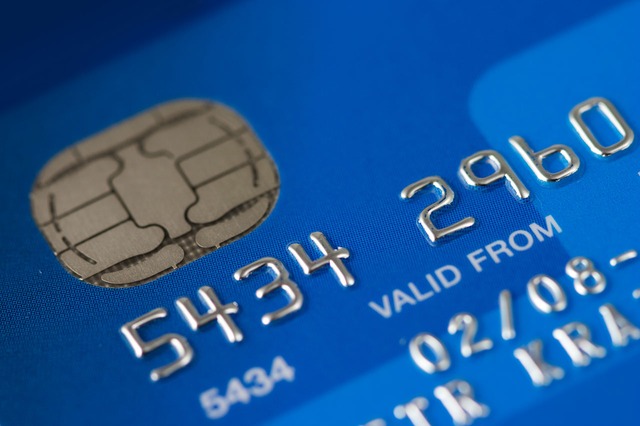
Healthy Spending Habits: What Do They Look Like?
If you learned some of your driving habits were wasting valuable gas, chances are, you might consider pursuing more gas-preserving habits, right? After all, nobody wants to feel the lurch in their stomach when the gas light warns us we’re running low on fuel, especially with miles of road to go! Similarly, when it comes to your finances, considering habits that will motivate you to save rather than waste.
If you are unsure if your spending habits are helping or harming your financial security, start by evaluating these three aspects of your spending decisions:
Healthy Credit Card Use: Aim not to spend more on your credit card than you can pay off at the end of each month. When you carry debt from month to month, you are accruing interest. This not only means your purchases are now more expensive than they initially were due to added interest, but also that your credit score may be negatively affected! Spend with credit strategically, so that you aren’t spending what you could have saved.
Identify Necessary Spending: When making a purchase, ask yourself: “do I need this?” A need meets your monthly expenses, like bills, food costs, car and household repairs. If you are buying a fancy coffee or new device to reward yourself, reconsider. Perhaps explore more frugal ways of rewarding yourself. A splurge may feel good in the moment, but you can be self-sabotaging your savings progress without knowing it.
Best Pricing: Consider seeking deals and coupons for your monthly purchases. This does not mean, however, that you should make an unnecessary purchase because of a sale! If you want to practice smart spending, price compare when possible, especially before making major purchases.
Ideally, our spending is yet another action that improves our financial security, rather than jeopardizes it.
To learn about more ways to improve your financial life, consider visiting the Syncis blog.



